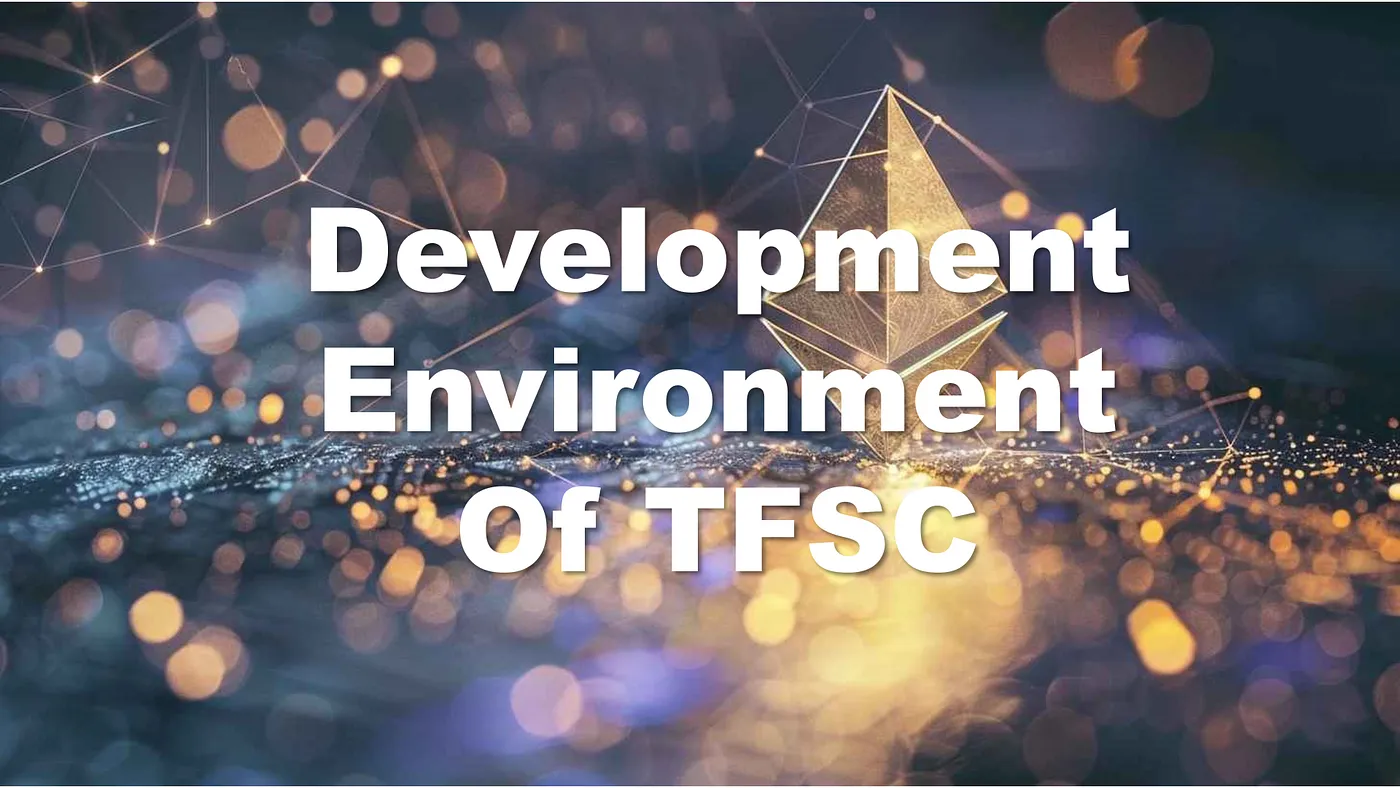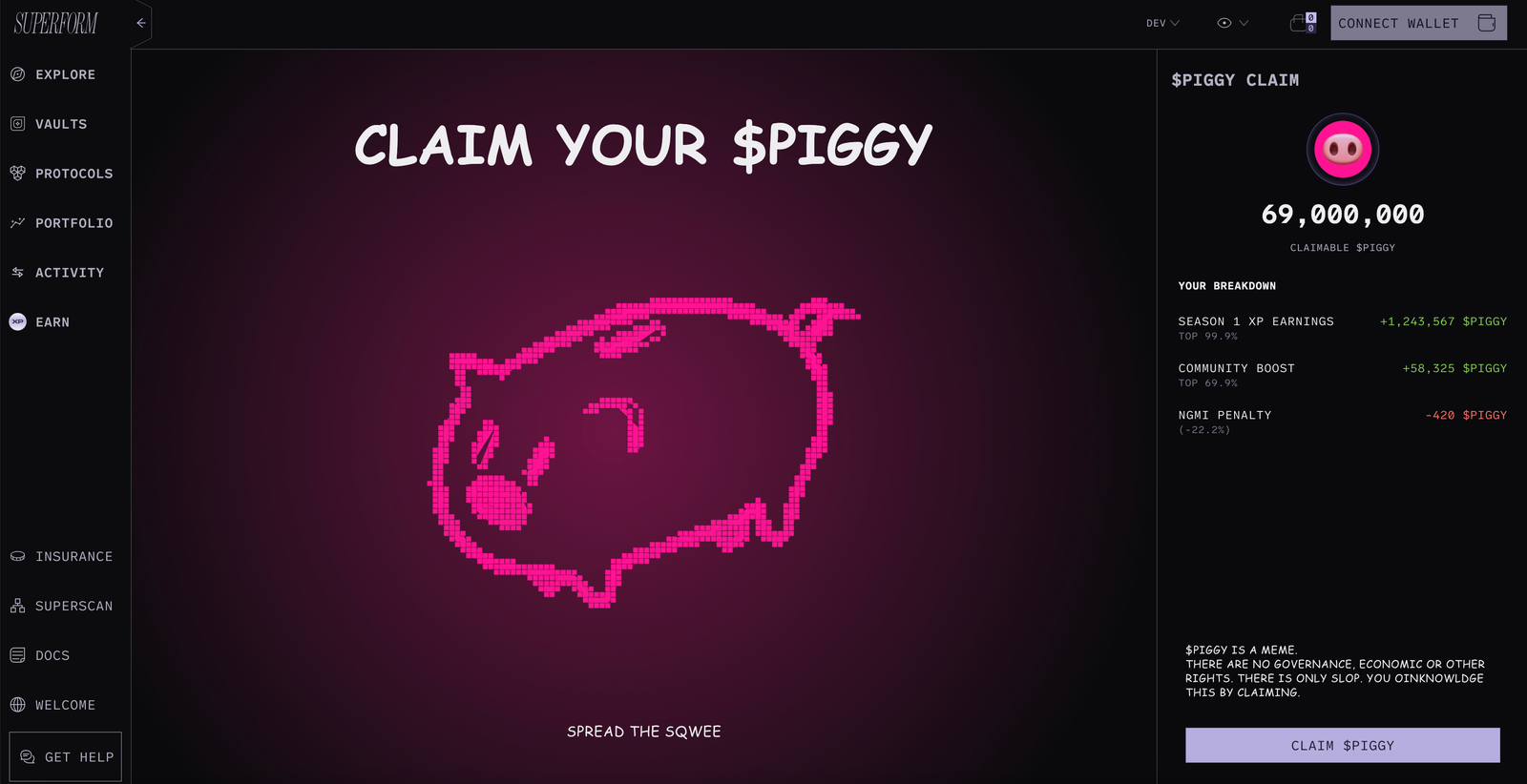
As the digital landscape stretches to include decentralized applications (Dapps), the environments in which they’re crafted define their potential and developer experience. Building Dapps demands an intimate understanding of the underlying blockchain platform’s technical infrastructure, tools, and services. Here’s an insightful glimpse into the development environments across leading blockchain projects.
Blockchain Development Environments: An Overview
The development environment for Dapps includes several core components: node management, smart contract development tools, testing frameworks, libraries, and front-end integration tools. Each blockchain platform tailors these tools to align with its architecture, consensus mechanisms, and user base.
Comparative Analysis of Blockchain Development Environments
Bitcoin (BTC)
Starting with Bitcoin, the first and most recognized blockchain platform, Dapp development is relatively limited due to the blockchain’s focus on being a digital currency. The development environment would typically include Bitcoin nodes and the Bitcoin Core API for integration purposes.
Ethereum (ETH)
Ethereum’s environment is rich with tools and frameworks. Ethereum is a pioneer in smart contract platforms, providing developers with robust tools like Truffle Suite for development, Ganache for personal blockchain deployment, and popular libraries such as Web3.js and ethers.js for frontend interactions. The comprehensive Ethereum Virtual Machine (EVM) is essential in running smart contracts, with Solidity as the primordial language of choice for many Dapp developers.
Solana (SOL)
Solana’s Dapp development environment is known for its high throughput and low latency. Building on Solana requires mastery of its Sealevel runtime for parallel processing capabilities. Developers leverage frameworks like Anchor, which abstracts away much of the complexity in Solana’s system. Solana’s emphasis is on Rust, complemented by JavaScript libraries for frontend development.
Arbitrum (ARB)
As a Layer 2 solution for Ethereum, Arbitrum maintains EVM compatibility but focuses on off-chain dispute resolution to enhance scalability. It inherits the Ethereum development stack, so Ethereum developers can seamlessly port apps onto Arbitrum. It leverages Ethereum’s tooling like Hardhat and ethers.js, making the transition easier for existing Ethereum Dapp developers.
Aptos (APTOS)
Among the newest entrants is Aptos, aiming for reliability and safety in Dapp development. Aptos differentiates itself through the Move programming language, which is designed to prevent crucial security issues. The development environment for Aptos is still growing but promises novel tools and abstractions tailored to Move. Given its nascent stage, early adoption could involve a steeper learning curve, but potentially greater innovation benefits.
Practical Implications for Dapp Developers
Each platform presents different pros and cons:
-
Ethereum stands as the most mature environment with extensive tools and a large developer community, ideal for developers looking for extensive resources and community support.
-
Solana offers a robust platform for those prioritizing performance, willing to learn Rust, and operate in a less congested network compared to Ethereum.
-
Arbitrum is perfect for developers seeking improved throughput and cheaper transactions, while staying within the Ethereum ecosystem.
-
Bitcoin is practical for Dapp developers focusing on financial applications that benefit from Bitcoin’s widespread recognition and stability.
-
Aptos, with its fresh outlook and security-oriented language, is enticing for developers eager to explore new ground and leverage a potentially groundbreaking system.
For Dapp developers, the choice of a development environment will hinge on their particular needs, expertise level, and the specific use case of the Dapp. While Ethereum provides a tried-and-tested ecosystem with comprehensive support, newer blockchains like Solana and Aptos offer innovation with performance improvements and novel programming paradigms. The development environment must not only be technically sufficient but must also align with the developer’s vision for the Dapp’s functionality and target audience. With the blockchain ecosystem continuously evolving, staying informed and adaptable is key for any Dapp developer looking to make an impact.
The advent of decentralized applications (DApps) has been a significant breakthrough in how we interact with digital services and assets. Public blockchains provide the foundational infrastructure for these applications, offering transparency, immutability, and distributed consensus mechanisms. As a DApp developer, setting up a development environment for public blockchain projects is a multidimensional challenge that involves understanding blockchain architecture, smart contract development, front-end interfacing, testing, and deployment. This article aims to guide developers through the best practices and considerations when setting up a public blockchain project development environment.
Introduction:
Blockchain technology has matured beyond its initial use case of cryptocurrency to a platform for decentralized applications, reshaping industries from finance to supply chain. Developers entering this space must be equipped with the knowledge and tools to craft robust, secure, and efficient applications. The setup of a development environment is crucial; it can facilitate productivity and streamline the development process or, if done incorrectly, lead to security vulnerabilities and developmental inefficiencies. The following sections outline core considerations every DApp developer should bear in mind.
Understanding the Blockchain Ecosystem:
Before diving into the technical specifics, developers must comprehend the blockchain ecosystem at large. This includes understanding different blockchain protocols (e.g., Ethereum, Binance Smart Chain, Solana, Polkadot), consensus mechanisms (e.g., Proof of Work, Proof of Stake), and their respective trade-offs concerning scalability, security, and decentralization.
**Choose the Right Blockchain Protocol:**The selection of a blockchain protocol is the first critical decision for a DApp developer. Consider the following factors:
-
Smart Contract Capabilities: Does the blockchain support smart contracts? What programming languages do they use (e.g., Solidity for Ethereum)?
-
Network Activity and Gas Fees: How active is the network? Busy networks can mean high transaction fees, which might not be ideal for certain apps.
-
Community and Ecosystem: Is there a vibrant community of developers? A strong community can provide support, documentation, and libraries, which are invaluable for developers.
-
Finality and Consensus: Understand the consensus mechanism and block finality times, as these can impact your application’s performance.
**Local Development Environment Setup:**Once the blockchain is chosen, setting up a local development environment is next. This should ideally replicate the blockchain’s conditions without the cost and speed implications of the main network.
-
Node Installation: Install a local node or use a service like Ganache for Ethereum, which can simulate a blockchain environment.
-
IDE and Tooling: Use an IDE conducive to blockchain development. Popular choices include Remix, Truffle Suite, and Hardhat for Ethereum-based projects.
-
Version Control: Implement a version-control system like Git to manage the codebase during collaborative work.
**Understanding and Coding Smart Contracts:**Smart contracts are the backbone of any DApp. They are self-executing contracts with the terms of the agreement directly written into code.
-
Programming Language Proficiency: Be proficient in the required smart contract language, such as Solidity.
-
Security Measures: Understand common security pitfalls and best practices to prevent vulnerabilities like reentrancy attacks and overflow/underflow bugs.
-
Testing Frameworks: Familiarize yourself with testing frameworks to write comprehensive test cases for your smart contracts (e.g., Mocha for JavaScript).
Setting Up Frontend and User Interaction:
The frontend is the user’s entry point to interact with your DApp. It needs to be intuitive and secure.
-
Choosing a Framework:Select a frontend framework that works well with blockchain technologies (e.g., React, Vue.js). The framework should be able to integrate with blockchain nodes and listen for events.
-
Web3 Libraries:Incorporate a library that allows your frontend to interact with smart contracts (e.g., web3.js, ethers.js for Ethereum).
-
Wallet Integration:Incorporate well-known wallet providers (e.g., MetaMask) for user authentication and transactions.
Testing Strategies:
Test early and often to ensure your DApp works as intended and is secure against attacks.
-
Unit Testing:Test individual functions for expected behavior.
-
Integration Testing:Ensure that different parts of your application interact correctly with one another.
-
Testnets:Before deploying on the main network, use testnets to simulate how your DApp behaves in an environment closer to the real thing.
-
Continuous Integration (CI):Implement CI to automate your testing and ensure that your code is always in a deployable state.
Deployment and Continuous Deployment:
Deployment is the act of putting your DApp onto the blockchain, and continuous deployment ensures updates are streamlined.
-
Mainnet:Considerations for deploying your DApp to the main network include gas prices, timing, and monitoring.
-
Automation Tools:Use automation tools to streamline the deployment process. Truffle, Hardhat, and Brownie offer scripts to automate contract deployments.
-
Continuous Deployment:Set up a system that can deploy updates to your smart contracts safely and manage versioning effectively.
Security Considerations:
Security is paramount in blockchain development, as vulnerabilities can lead to significant financial losses.
-
Audits:Smart contract audits by reputable third parties are essential before deployment.
-
Permissions:Be strict about on-chain permissions. Understand which functions can change the state and who can call them.
Maintenance and Monitoring:
Post-deployment, it is critical to monitor the DApp for performance and security.
-
Performance Metrics:Track performance metrics to understand how the DApp is being used and where improvements are needed.
-
Alerts and Logs:Set up alerts for unusual activity and maintain detailed logs for forensics and analysis.
Training and Community Engagement:
Finally, continuous learning and community engagement are critical in the fast-moving blockchain space.
-
Stay Updated:Keep up with the latest developments in the blockchain space.
-
Community Involvement:Engage with the blockchain community to share experiences and learn from others.
Conclusion:
Setting up a public blockchain development environment requires thoughtful consideration of various factors, including the choice of blockchain protocol, smart contract development, front-end user interaction, testing, deployment, security, and maintenance. By following these considerations, developers can establish a solid foundation for building successful and secure DApps in the public blockchain ecosystem. With diligence and dedication to best practices and continuous learning, developers can contribute to and thrive in this transformative space.




评论 (0)